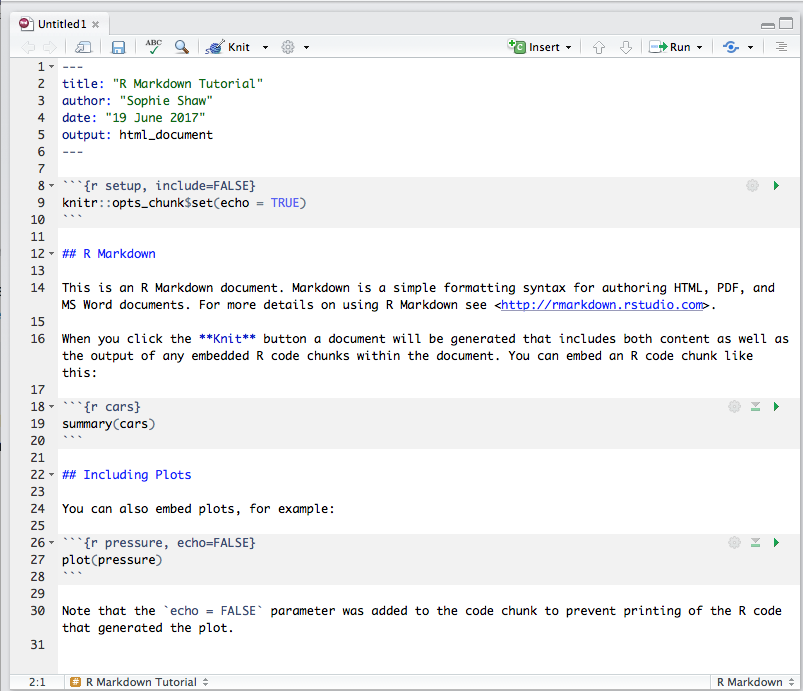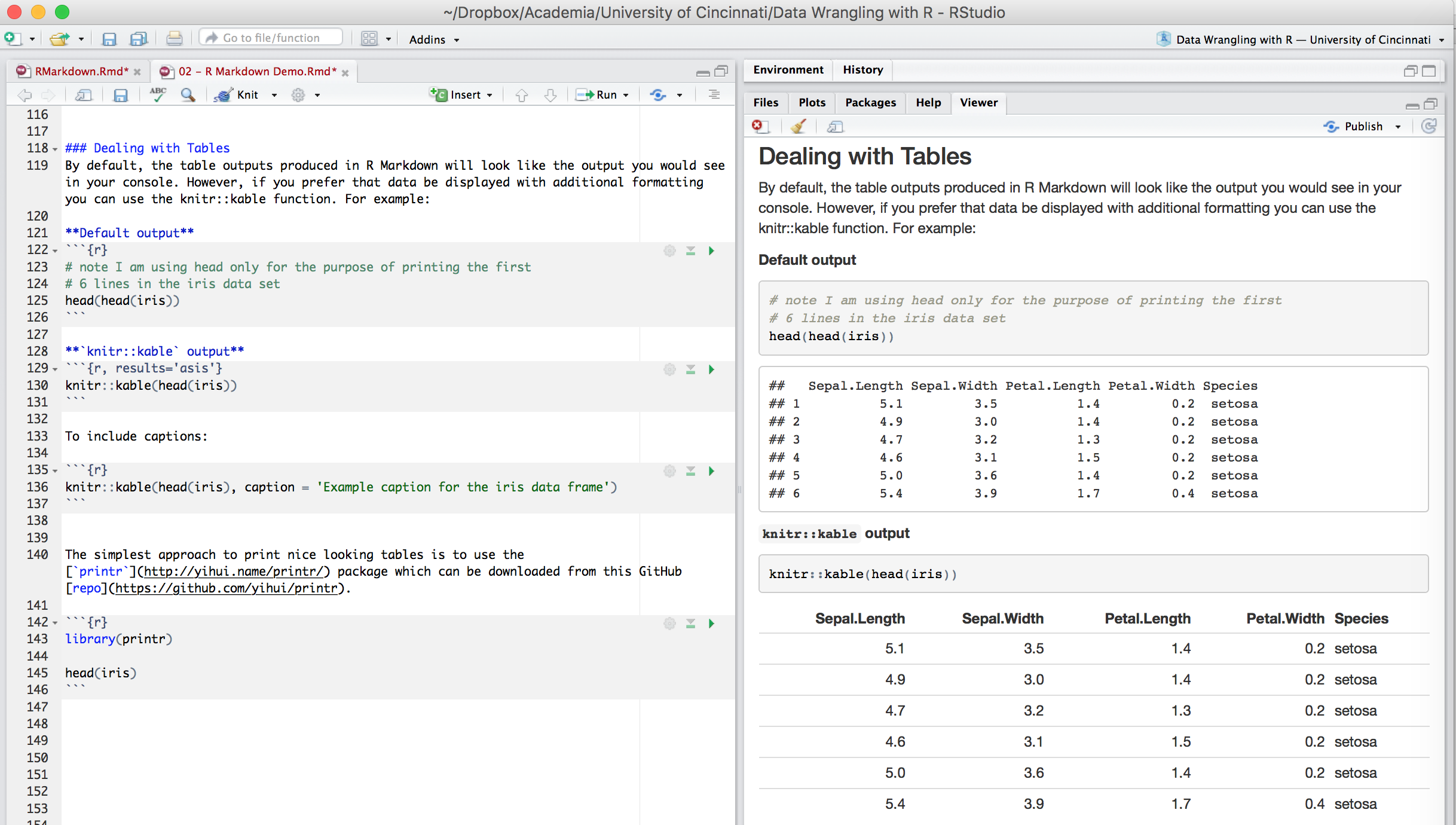

- #ORDERED LIST RMARKDOWN HOW TO#
- #ORDERED LIST RMARKDOWN MOVIE#
- #ORDERED LIST RMARKDOWN SOFTWARE#
- #ORDERED LIST RMARKDOWN CODE#
- #ORDERED LIST RMARKDOWN DOWNLOAD#
Bits of R code included this way are called code chunks. More important for our purposes is the ability to include R code in the R Markdown file, which will be executed with the output appearing in the output document. For example, an asterisk before and after text sets the text in italics, and two asterisks before and after text sets the text in boldface. Next are a few lines showing some of the ways that font effects such as italics, boldface, and strikethrough can be achieved. These lines are not needed, but give a convenient way to specify the title, author, and date of the article that are then typeset prominently at the top of the output document. In this case the output created is an HTML file, but there are other possible output formats, such as Microsoft Word or PDF.įIGURE 4.1: Example R Markdown Input and Output.Īt the top of the input R Markdown file are some lines with - at the top and the bottom. In Figure 4.1 we show the input and output of an example R Markdown document. Perhaps the simplest way to get started is to see an R Markdown file and the resulting document that is produced after the R Markdown document is processed. The R Markdown file is a plain text file containing text the author wants to show in the final document, simple commands to indicate how the text should be formatted (for example boldface, italic, or a bulleted list), and R code that creates output (including graphics) on the fly. At minimum, follow the Get Started link and watch the introduction video.Īmong other things, R Markdown provides a way to include R code that reads in data, creates graphics, or performs analyses, all in a single document that is processed to create a research paper, homework assignment, or other written product. RStudio’s website provides an excellent overview of R Markdown capabilities for reproducible research. A verbal description in a “methods” section of a paper can help here, but typically these do not provide all the details of the analysis, but rather might state something like, “All analyses were carried out using R version 4.1.0.” Over time even the author(s) of the paper will forget the details. A more subtle but possibly more important drawback is that the reader of the document will not know precisely how analyses were done, or how graphics were created. One drawback to this approach is similar to what makes script files so useful: If the document must be revised it may be hard to unearth the R code that created graphics or analyses.
#ORDERED LIST RMARKDOWN SOFTWARE#
One possibility, which is somewhat effective, is to write a document using software such as Microsoft Word 25 and to include R output such as computations and graphics by cutting and pasting into the main document. Whatever the purpose, a key aspect is communicating with the desired audience. Possibly the purpose is to complete a homework assignment and demonstrate to the instructor an understanding of an aspect of data analysis.

Here is a screen capture of my MVP code + output. I can't an unordered list to work either.
#ORDERED LIST RMARKDOWN MOVIE#
Possibly the purpose is to refine a system that recommends movies to users in an online streaming movie service. Rmd > Word R Markdown rmarkdown ProfTucker August 21, 2018, 1:40am 1 I'm trying to get an ordered list to work with R Studio's R Markdown (knit to Word). Possibly the purpose is to understand a biological system more clearly. People typically work on data with a larger purpose in mind.

#ORDERED LIST RMARKDOWN HOW TO#
1.6 How to learn (the most important section in this book!).
#ORDERED LIST RMARKDOWN DOWNLOAD#
You can download this cheat sheet as a Markdown file for use in your Markdown application. I need to highlight these =very important words=. Not all Markdown applications support these elements. These elements extend the basic syntax by adding additional features. All Markdown applications support these elements. These are the elements outlined in John Gruber’s original design document. It can’t cover every edge case, so if you need more information about any of these elements, refer to the reference guides for basic syntax and extended syntax. This Markdown cheat sheet provides a quick overview of all the Markdown syntax elements.


 0 kommentar(er)
0 kommentar(er)
